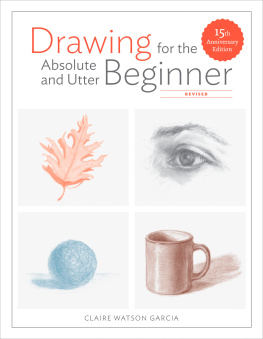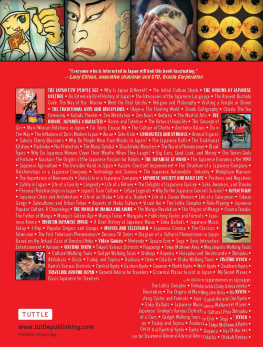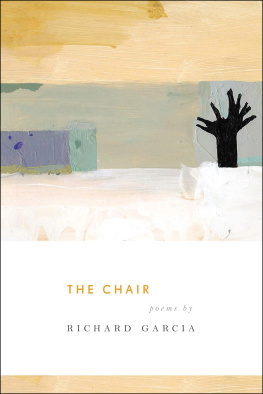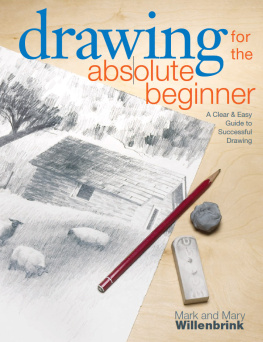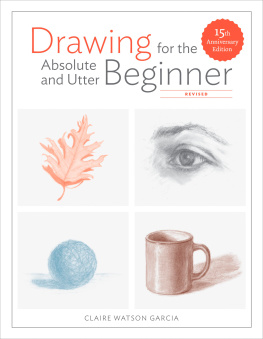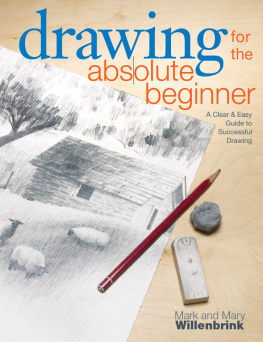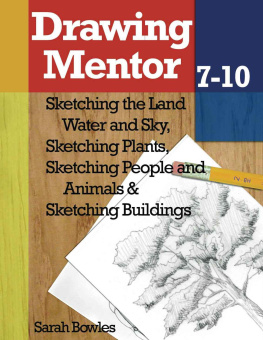Contents
ACKNOWLEDGMENTS
A special, heartfelt thanks to the absolute and utter beginners at Silvermine School of Art who contributed to this revised edition, and to those who helped create the original book as well. Thank you to all the other beginners who passed through my studio classroom and allowed me to teach them and learn from them over the years!
This book represents a blend of talents, with works from new participants and contributors to the original edition. The love of my familyespecially my husband Baxter, daughter Liz, brother Win, and late parents Jan and Win Watsonand their enthusiasm for art, has been an invaluable source of inspiration and support for me throughout this project.
Many thanks to my skillful, simpatico agent Marilyn Allen and to the talented team at Ten Speed Press: my editor Patrick Barb, designers Kara Plikaitis and Debbie Berne, copy editor Alisa Palazzo Garrison, Heather Porter and Dan Myers from production, and Natalie Mulford and Brianna Leahy from marketing and publicity. I appreciate the kindness, insight, and technical skills shared with me by Carolee Ross, Nancy Moore Hulnick, Dawn Hettrich, Janie Bronson, Marsha Antkies, Chip Keating, Jean Devoe, and Josh Fischer. Im grateful to the office staff at Silvermine School of Art, and especially to the school director, Anne Connell. Thank you to Josh Burkholder and Patricia Bolgosano, at Visual Impact in Danbury, Connecticut, for making it all fun again!
I feel continued gratitude for the team at Watson-Guptill that helped to create the original book: Joy Aquilino, senior acquisitions editor; Robbie Capp, editor; Areta Buk, book designer; Sivan Earnest, cover designer; and Hector Campbell, production manager; and to friends Debbie Beaudry, Kari Lnning, Annie Wood, and Al Roberts, who gave me special assistance at that time.
ABOUT THE AUTHOR
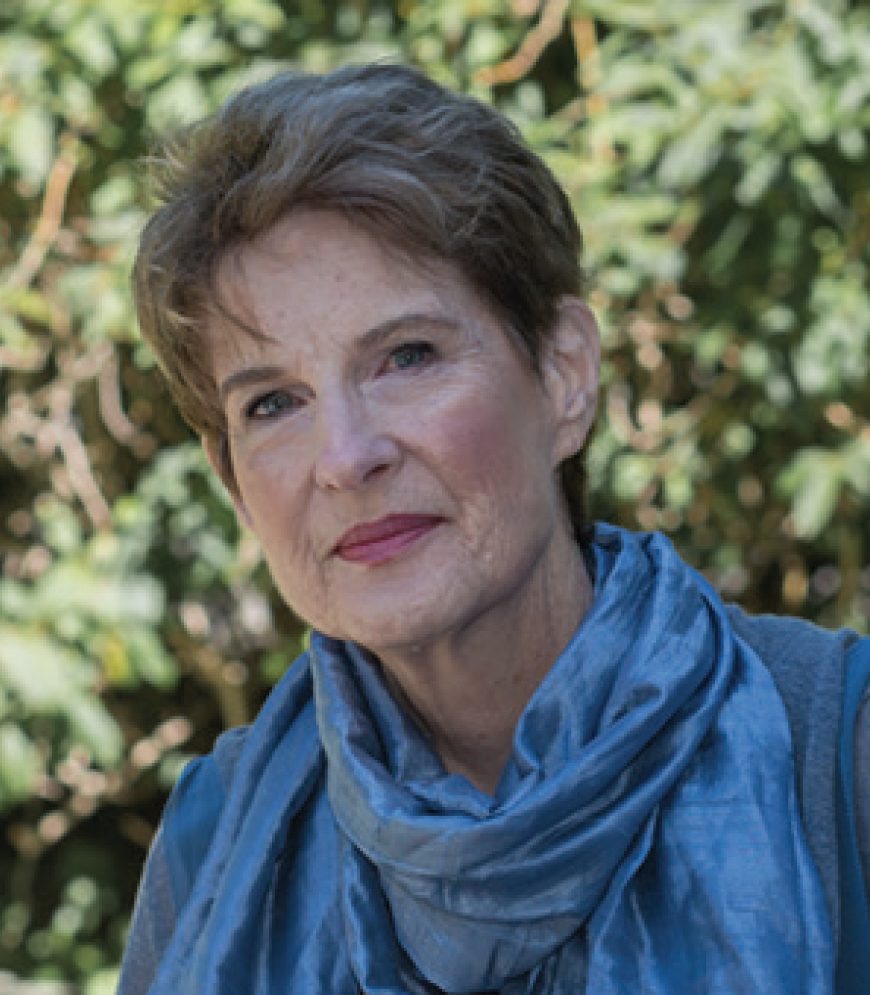
Mary Harold
Claire Watson Garcia is an acclaimed artist and instructor at the renowned Silvermine School of Art in New Canaan, Connecticut, where her Absolute and Utter Beginner courses and workshops have been popular for more than twenty years. She was educated at Smith College and the University of California-Berkeley. She lives in Ridgefield, Connecticut.
Finishing Up
Your Inner Aesthetic
I celebrate myself, and sing myself,
And what I assume you shall assume,
For every atom belonging to me as good belongs to you.
WALT WHITMAN
In my class, we do the following exercise as homework; then we discuss our discoveries and impressions in the last class, while celebrating with food and drink. After youve followed the same assignment, fix yourself a snack and celebrate as well! You may want to jot down observations about your work on paper.
EXERCISE
FIND YOURSELF IN YOUR ART
An aesthetic profile will appear once you have a body of work to review, even if you hadnt consciously attempted to create one. This will emerge without intent on your part when you do the work that interests you and develop the skills to express it. And this is the premise of our final review. What you see in your drawing collection reflects who you are as an artist now, and the same exercise can be used in the future to indicate the artist you have become. When you study the work of artists in galleries and museums, youll discover similar stylistic signatures such as youre discovering in your own work. To quote the writer Anas Nin, We dont see things as they are, we see them as we are. Thats the unique stylistic signature to look for in your art.
Place all your drawings on the floor in sequence from the beginning wire drawings to the final pieces. Look over the progression to see how your work developed.
Reduce the collection to seven favorites. Place these on the wall, if possible, or on the floor in an arrangement that appeals to younot in a horizontal line.
Ask yourself if this arrangement tells a story. For example, is your favorite drawing in the middle? Drawings to the left or right of your favorite may indicate, respectively, where you have been and where you want to go.
What were your discoveries, either about yourself, a technique, or a medium? Locate your favorite piece. Why do you like it best? What medium would you like to continue exploring? Do you prefer drawing faces or still lifes?
Consider viewing the work upside down for the next step, though it isnt necessary. This helps you to bypass literal identities and focus more on the underlying aesthetic preferences for particular lines, shapes, and values revealed in your drawing collection. Ask yourself:
Is there consistency in value range? Do you see dramatic high contrast or serene low contrast?
Is your work usually large, medium, or small in scale?
Do you see any repetition of shapes? Are your drawings still and composed or active and bold? Is there any noticeable rhythm to your work?
When I reviewed all my projects, I was surprised to identify a common mood: quiet, contemplative, subdued.
STUDENT GEORGE E. STEVENS
ONGOING EXPLORATIONS IN ART
This book opened with Starting Out, so it seemed appropriate to end with Finishing Upbut I hope that your finish here will simply mark the beginning of your ongoing explorations in art. When you set a clear goal, just as you did at the start of this book (I want to learn to draw), it will be easier to attain further artistic goals. Consider taking an art class now that you have skills that allow you to engage at a more confident level. The structure of a formal class will help you to schedule the time to develop and enjoy your emerging art. Whatever your path may be, all the beginners who helped with this book join me in wishing you good luck! Enjoy your art!

Examine this representative grouping of one students work. Locate the aesthetic aspects that echo through these five drawings. Compare your findings with the answers in the box on . Drawings by student Anita St. Marie
Answers
A scallop-shaped contour is repeated in shadow shapes, the lacy edges of the pottery, the contours of cherry groupings and garlic cloves, and even in the cookie cutterwhich at first seems different.
A rounded bulls-eye motif echoes in the cherry shapes; it can be seen in the middle of the onion, the mango in the bowl, and within the cup and strawberry decoration.
Theres similarity in the cast-shadow shapes of the napkin and the cookie cutter.
Observe the consistency of value structure in the collectionwith one exception: the pen technique, which creates greater contrast.
Seeing to Draw
What I put down in a moment of ardor, I must then critically examine.
PETER ILICH TCHAIKOVSKY
The exercises in this chapter were designed especially for you, the aspiring artist with no previous art experience. Take an adventurous lets-see-what-happens attitude in completing them. Here, at the very beginning, you arent expected to know anything at all about how to drawand so you cant fail. Theres no competition involved, no talent search in your way. And your first exercise is goof proof!
Supplies
for this chapter
14" 17" drawing pad
22gauge wire
Scissors
Scrap paper
2B pencil
Black drawing pen
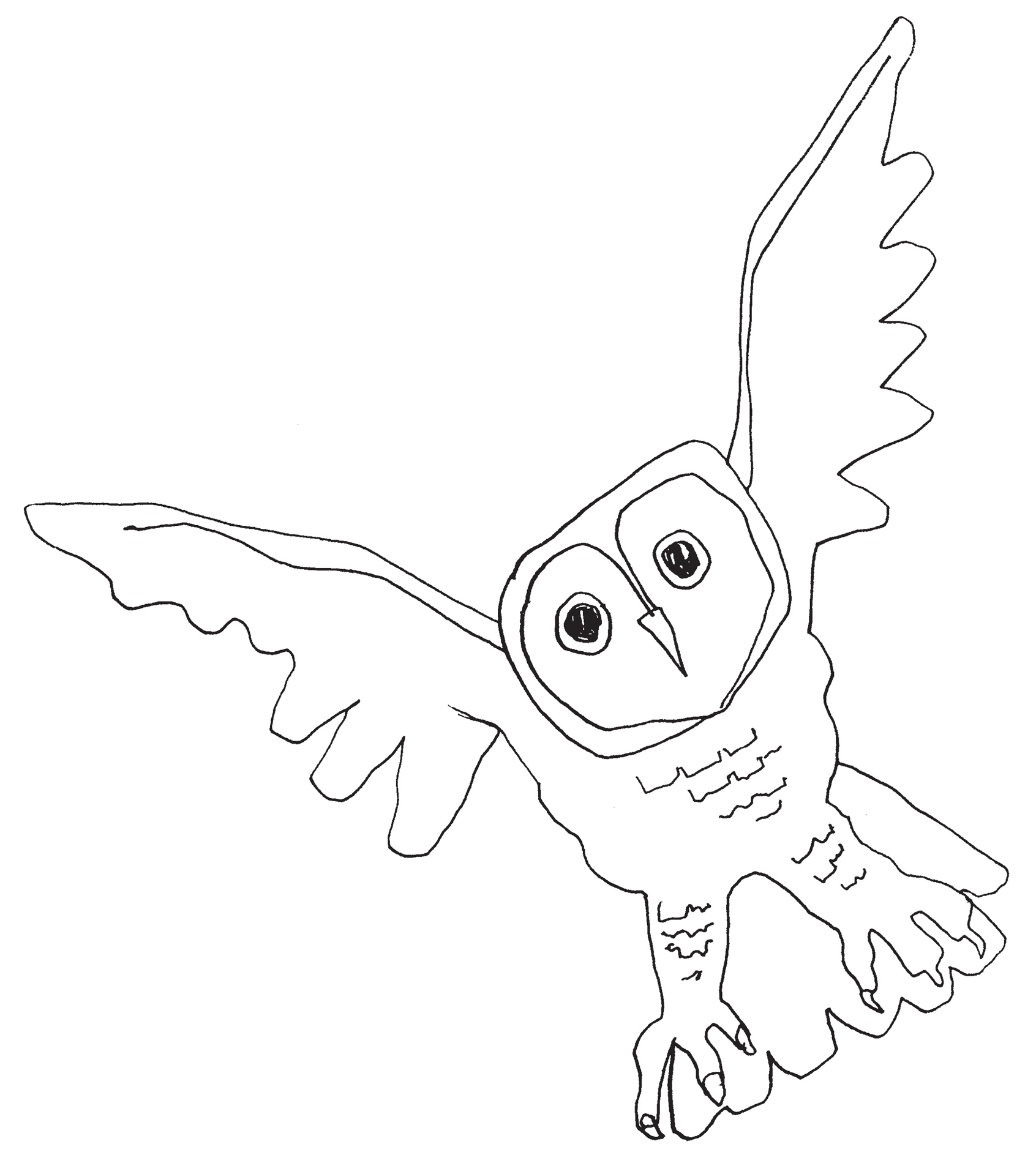
The greatest enjoyment lies in the artistic journey rather than the final destination.
Making the Lines

